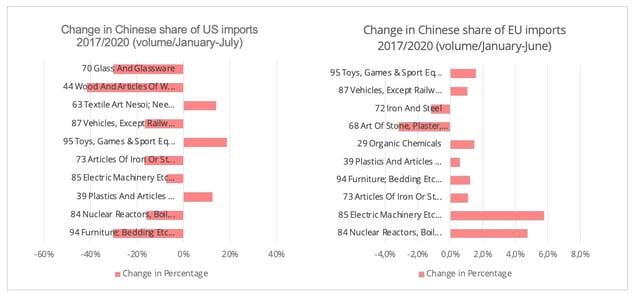China Plus One: A Strategic Shift in Global Supply Chains
In recent years, the phrase "China Plus One" has emerged as a critical strategy for companies around the world seeking to navigate the complexities of global supply chains. As businesses increasingly recognize the risks associated with over-reliance on a single country for manufacturing and production, the idea of diversifying supply sources has gained significant traction. This shift is not just a response to the challenges posed by the COVID-19 pandemic but also reflects broader geopolitical tensions, trade disputes, and the unpredictable nature of global markets.
The China Plus One strategy encourages companies to maintain their operations in China while simultaneously investing in alternative markets to mitigate risks. By doing so, firms can enhance their resilience against potential disruptions and uncertainties. This approach not only offers the potential for cost savings but also provides greater flexibility in managing supply chains. As organizations explore new regions such as Southeast Asia, India, and beyond, the implications of this strategic pivot will reshape the landscape of global commerce in the years to come.
Understanding the China Plus One Strategy

The China Plus One strategy is a key approach adopted by many companies seeking to diversify their supply chains. This strategy emphasizes maintaining a primary manufacturing base in China while simultaneously establishing an additional production capacity in another country. The aim is to mitigate risks associated with over-reliance on a single source, especially in light of recent geopolitical tensions and supply chain disruptions.
Firms implementing the China Plus One strategy often look toward Southeast Asian countries like Vietnam, Indonesia, and Thailand as alternative manufacturing hubs. These locations offer a combination of lower labor costs, favorable trade agreements, and improving infrastructural capabilities. By spreading their operations, businesses can enhance their resilience against unforeseen events such as trade wars, pandemics, or natural disasters that may impact operations in China.
Adopting the China Plus One strategy also allows companies to navigate the increasing scrutiny and regulatory challenges in China. As foreign firms face evolving laws and regulations within China, diversifying their supply chain not only minimizes operational risks but also positions them better in competitive global markets. This multifaceted approach allows businesses greater agility and adaptability, essential for thriving in today's fast-paced economic landscape.
Benefits and Challenges of China Plus One
The China Plus One strategy presents several benefits for companies looking to diversify their supply chains. By reducing reliance on China, businesses can mitigate risks associated with geopolitical tensions, trade disputes, and supply chain disruptions. This diversification allows firms to secure alternative sources of manufacturing and raw materials, enhancing operational resilience. Additionally, companies can better respond to changing consumer demands and market conditions by spreading their production across different countries.
However, implementing a China Plus One strategy is not without challenges. Finding suitable alternative manufacturing locations can be difficult as companies grapple with varying regulations, infrastructure capabilities, and labor costs in different countries. Businesses may also face cultural and communication barriers when establishing operations in new markets. Ensuring quality control and consistency across diverse suppliers can be an added challenge that requires careful management and oversight.
Moreover, the transition to a more diversified supply chain may lead to increased costs in the short term. Companies might incur higher transportation and logistics expenses when shifting production away from China to other regions. They also need to invest in developing new relationships and capabilities in these alternative markets. Balancing the immediate costs with the long-term benefits of resilience and flexibility is a key consideration for businesses pursuing the China Plus One strategy.
Implications for Global Supply Chains
The China Plus One strategy is reshaping global supply chains by encouraging companies to diversify their manufacturing bases. By not solely relying on China, businesses are mitigating risks associated with geopolitical tensions, trade tariffs, and potential supply disruptions. This shift promotes resilience in supply chains, allowing companies to better navigate uncertainties and maintain a steady flow of goods. Diversifying production can also lead to a more balanced distribution of economic power among countries.
As firms look for alternative locations, countries in Southeast Asia, India, and Mexico are emerging as preferred destinations. These regions offer competitive labor costs, improving infrastructure, and favorable investment policies, making them attractive for foreign direct investment. This trend not only benefits multinational corporations through cost savings but also stimulates economic growth in these host countries, facilitating job creation and technology transfer.
However, the transition to a China Plus One model is not without challenges. Companies must contend with the complexities of establishing new supply chains, which may involve higher initial investments and longer lead times. Additionally, varying regulatory environments, cultural differences, and logistical hurdles may pose difficulties. Despite these challenges, the long-term benefits of resilience and flexibility in supply chains are driving many organizations to adopt this strategic approach.